Home>Gardening & Outdoor>Outdoor Structures>How To Reinforce A Plastic Shed
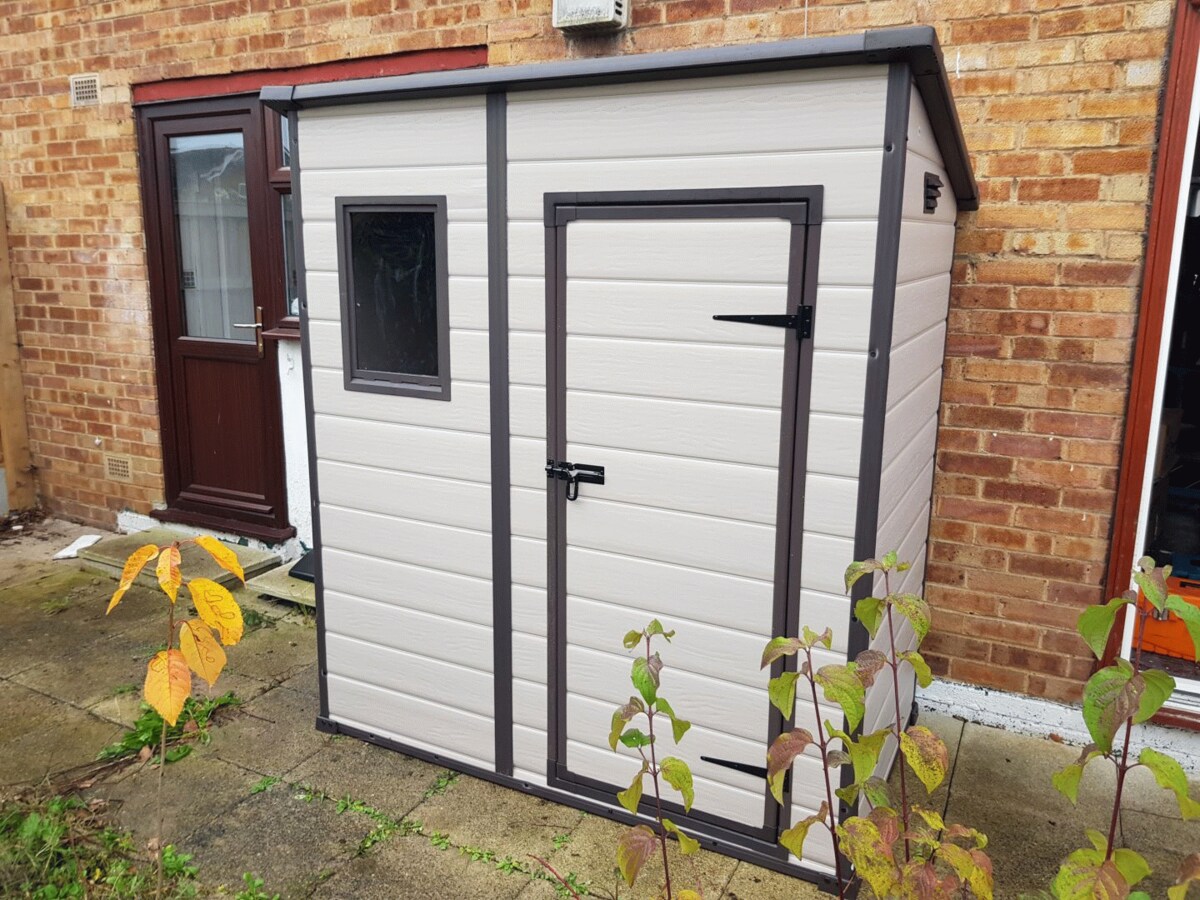

Outdoor Structures
How To Reinforce A Plastic Shed
Modified: August 27, 2024
Learn how to reinforce your plastic shed for added durability and longevity. Get expert tips and advice for strengthening outdoor structures.
(Many of the links in this article redirect to a specific reviewed product. Your purchase of these products through affiliate links helps to generate commission for Storables.com, at no extra cost. Learn more)
Introduction
Read more: How To Anchor A Plastic Shed
Introduction
So, you've invested in a plastic shed to store your outdoor equipment, tools, and other essentials. While plastic sheds offer durability and low maintenance, you might be considering reinforcing yours to ensure it withstands the elements and remains secure for years to come. Whether it's to fortify the structure against strong winds, heavy snow loads, or simply to enhance its overall sturdiness, reinforcing a plastic shed is a prudent decision that can prolong its lifespan and protect your belongings.
In this comprehensive guide, we'll delve into the process of reinforcing a plastic shed, covering everything from assessing the shed's current condition to selecting the right reinforcement materials and executing the necessary enhancements. By the end of this article, you'll be equipped with the knowledge and insights to fortify your plastic shed effectively, providing you with peace of mind and ensuring the long-term integrity of your outdoor storage solution. Let's dive in and explore the steps to reinforce your plastic shed, safeguarding it against the rigors of nature and preserving its functionality for years to come.
Key Takeaways:
- Assess your plastic shed’s condition, choose durable reinforcement materials, and strategically reinforce walls, roof, and foundation to fortify it against weather and prolong its lifespan.
- Strengthening the shed’s foundation is crucial for stability. Consider drainage, anchoring, and soil stabilization to ensure it remains resilient in diverse environmental conditions.
Assessing the Shed
Before embarking on the reinforcement process, it’s crucial to conduct a thorough assessment of your plastic shed. This step allows you to identify any existing weaknesses, damage, or areas in need of attention, serving as the foundation for your reinforcement strategy.
Start by examining the overall condition of the shed. Look for signs of wear and tear, such as cracks, warping, or areas of structural compromise. Inspect the walls, roof, doors, and foundation, paying close attention to vulnerable areas where reinforcement may be necessary.
Assess the shed’s location and exposure to environmental elements. Consider the typical weather patterns in your area, including wind strength, snowfall, and extreme temperatures. Understanding the environmental factors that impact your shed will help you tailor the reinforcement efforts to effectively mitigate potential risks.
Furthermore, evaluate the intended use of the shed and the items it will house. If you plan to store heavy equipment, sharp tools, or other substantial items, this information will influence the reinforcement materials and methods you choose.
Take note of any previous issues or concerns you’ve encountered with the shed. Whether it’s water leakage during heavy rain, instability in strong winds, or any other performance-related issues, understanding past challenges will guide you in addressing them through the reinforcement process.
By thoroughly assessing your plastic shed, you’ll gain valuable insights into its current state and the specific areas that require reinforcement. This proactive approach sets the stage for an effective and targeted reinforcement plan, ensuring that your efforts yield a resilient and reliable outdoor storage solution.
Choosing the Right Reinforcement Materials
When it comes to reinforcing a plastic shed, selecting the appropriate materials is a critical decision that directly impacts the effectiveness and longevity of the enhancements. By choosing high-quality, durable materials, you can fortify the shed against various stressors and environmental challenges, ensuring that it remains resilient over time.
One of the primary considerations is the type of fasteners and connectors you’ll use to reinforce the shed’s components. Stainless steel screws and heavy-duty bolts are excellent choices for securing panels, framing, and other structural elements. These corrosion-resistant fasteners provide superior strength and longevity, making them ideal for withstanding outdoor conditions.
Additionally, consider reinforcing the shed with structural support elements, such as steel or aluminum bracing. These reinforcements can significantly enhance the shed’s ability to withstand wind and snow loads, especially in regions prone to severe weather. Be sure to select bracing materials that are compatible with the shed’s design and can be securely installed to bolster its structural integrity.
For addressing cracks, gaps, or areas of weakness in the shed’s walls and roof, high-quality sealants and adhesives are essential. Look for products specifically formulated for outdoor use and designed to adhere to plastic surfaces effectively. These sealants can help prevent water infiltration and reinforce vulnerable areas, contributing to the overall resilience of the shed.
Furthermore, if your plastic shed features windows or skylights, consider reinforcing these elements with impact-resistant polycarbonate or acrylic panels. These durable materials provide added protection against impacts and inclement weather, reducing the risk of damage to these vulnerable areas.
When choosing reinforcement materials, prioritize durability, weather resistance, and compatibility with plastic surfaces. By investing in high-quality materials that are engineered for outdoor applications, you can reinforce your plastic shed effectively, fortifying it against environmental stressors and ensuring long-term reliability.
Reinforcing the Walls and Roof
Reinforcing the walls and roof of a plastic shed is a fundamental aspect of enhancing its structural integrity and resilience. By implementing targeted reinforcements, you can mitigate potential vulnerabilities and bolster the shed’s ability to withstand external forces and environmental conditions.
Start by examining the existing walls and roof for any signs of weakness, such as flexing, warping, or areas of instability. Address any visible damage or compromised sections before proceeding with the reinforcement process.
One effective method for reinforcing the walls and roof is to install horizontal and vertical bracing. This involves adding steel or aluminum braces to the internal framework of the shed, providing additional support and rigidity. Secure the braces using high-quality fasteners, ensuring a robust connection that reinforces the structural integrity of the shed.
If the walls or roof exhibit areas of flex or instability, consider adding additional support panels or inserts. These reinforcements can help distribute loads more effectively and reduce the risk of deformation or damage during high winds or heavy snow accumulation.
For addressing potential water infiltration points, apply a weather-resistant sealant to seams, joints, and any gaps in the walls and roof. This proactive measure helps prevent water penetration and reinforces the shed’s resistance to moisture, enhancing its overall durability.
When reinforcing the roof, pay particular attention to the eaves and overhangs, as these areas are susceptible to uplift forces during strong winds. Consider installing wind-resistant gable and soffit vents to alleviate pressure differentials and enhance the shed’s ability to withstand wind loads effectively.
Additionally, if your plastic shed features skylights or windows, reinforce these elements with impact-resistant panels and secure fastenings. This precaution can minimize the risk of damage from airborne debris or severe weather events, maintaining the integrity of these vulnerable areas.
By strategically reinforcing the walls and roof of your plastic shed, you can fortify its structure and resilience, ensuring that it remains steadfast in the face of environmental challenges and providing long-lasting protection for your stored belongings.
Consider reinforcing the plastic shed by adding internal support beams or braces to increase its stability and strength. You can also anchor the shed to the ground using stakes or concrete blocks to prevent it from shifting or tipping over.
Read more: How To Put Together A Plastic Shed
Strengthening the Foundation
When reinforcing a plastic shed, strengthening the foundation is paramount to ensuring its stability and longevity. A robust foundation not only supports the structural integrity of the shed but also helps mitigate the risks associated with shifting ground, moisture exposure, and uneven terrain.
Begin by evaluating the existing foundation of the shed. Check for any signs of settling, unevenness, or inadequate support. Addressing these issues is essential before implementing reinforcement measures.
If the shed is situated on bare ground or gravel, consider installing a stable base to provide a level and secure foundation. Concrete or paving slabs can serve as excellent foundation materials, offering durability and resistance to ground movement. Ensure that the foundation extends beyond the shed’s footprint to create a stable perimeter that helps distribute the weight of the structure evenly.
In regions prone to heavy rainfall or groundwater accumulation, proper drainage around the shed is crucial. Implementing a French drain or installing gutters and downspouts can help redirect water away from the foundation, minimizing the risk of moisture-related issues and soil erosion that could compromise the shed’s stability over time.
For sheds placed on sloped terrain, additional reinforcement may be necessary to level the foundation and prevent structural stress. This can involve building retaining walls, adding support piers, or implementing grading and landscaping measures to create a stable and secure base for the shed.
Consider anchoring the shed to the foundation using robust anchor systems or tie-downs. These secure attachments help prevent uplift and displacement during high winds, enhancing the overall resilience of the shed in adverse weather conditions.
Furthermore, if the shed is positioned in an area with expansive or reactive soils, consulting with a professional to assess and address potential soil-related challenges is advisable. Implementing soil stabilization techniques or utilizing specialized foundation designs can mitigate the risks associated with soil movement and settlement, safeguarding the shed’s long-term stability.
By strengthening the foundation of your plastic shed, you can fortify its structural stability, resilience, and resistance to environmental factors, ensuring that it remains a reliable and durable storage solution for years to come.
Conclusion
Reinforcing a plastic shed is a proactive and essential undertaking that empowers you to fortify its structural integrity and resilience, ensuring that it stands strong against the challenges of the outdoor environment. By following a systematic approach to assessment and reinforcement, you can enhance the shed’s ability to withstand wind, snow, moisture, and other external stressors, prolonging its lifespan and safeguarding your stored belongings.
Through a comprehensive assessment of the shed’s condition, you gain valuable insights into its vulnerabilities and the specific areas that require reinforcement. This initial step lays the foundation for a targeted and effective reinforcement strategy, tailored to address the unique needs and challenges posed by your plastic shed.
Choosing the right reinforcement materials is a pivotal decision that directly impacts the effectiveness and durability of the enhancements. By prioritizing high-quality fasteners, structural supports, sealants, and impact-resistant elements, you can fortify the shed against various environmental stressors and ensure its long-term reliability.
Reinforcing the walls, roof, and foundation of the shed involves implementing strategic measures to enhance its structural stability and resistance to external forces. From bracing and additional support panels to weatherproof sealants and foundation strengthening, each reinforcement step contributes to the overall robustness of the shed.
By strengthening the foundation, you create a stable and secure base for the shed, mitigating the risks associated with ground movement, moisture exposure, and uneven terrain. Proper drainage, anchoring, and soil stabilization measures further bolster the shed’s resilience, ensuring its stability in diverse environmental conditions.
Ultimately, the reinforcement efforts culminate in a plastic shed that is well-equipped to weather the elements and provide reliable, long-term storage for your outdoor essentials. By investing the time and resources to reinforce your plastic shed, you can enjoy peace of mind, knowing that it is fortified to withstand the rigors of nature and serve its purpose effectively for years to come.
So, roll up your sleeves, gather the necessary materials, and embark on the journey of reinforcing your plastic shed. With careful planning and strategic implementation, you can transform your shed into a steadfast and resilient outdoor structure, ready to face whatever the elements may bring.
Now that you've got tips on fortifying your plastic shed, why stop there? If you're feeling handy, learning how to build a garden shed from scratch could be your next project. This guide will walk you through every step, ensuring you create a sturdy and functional space for all your outdoor tools and essentials. Don't miss out on this opportunity to expand your DIY skills and enhance your backyard!
Frequently Asked Questions about How To Reinforce A Plastic Shed
Was this page helpful?
At Storables.com, we guarantee accurate and reliable information. Our content, validated by Expert Board Contributors, is crafted following stringent Editorial Policies. We're committed to providing you with well-researched, expert-backed insights for all your informational needs.
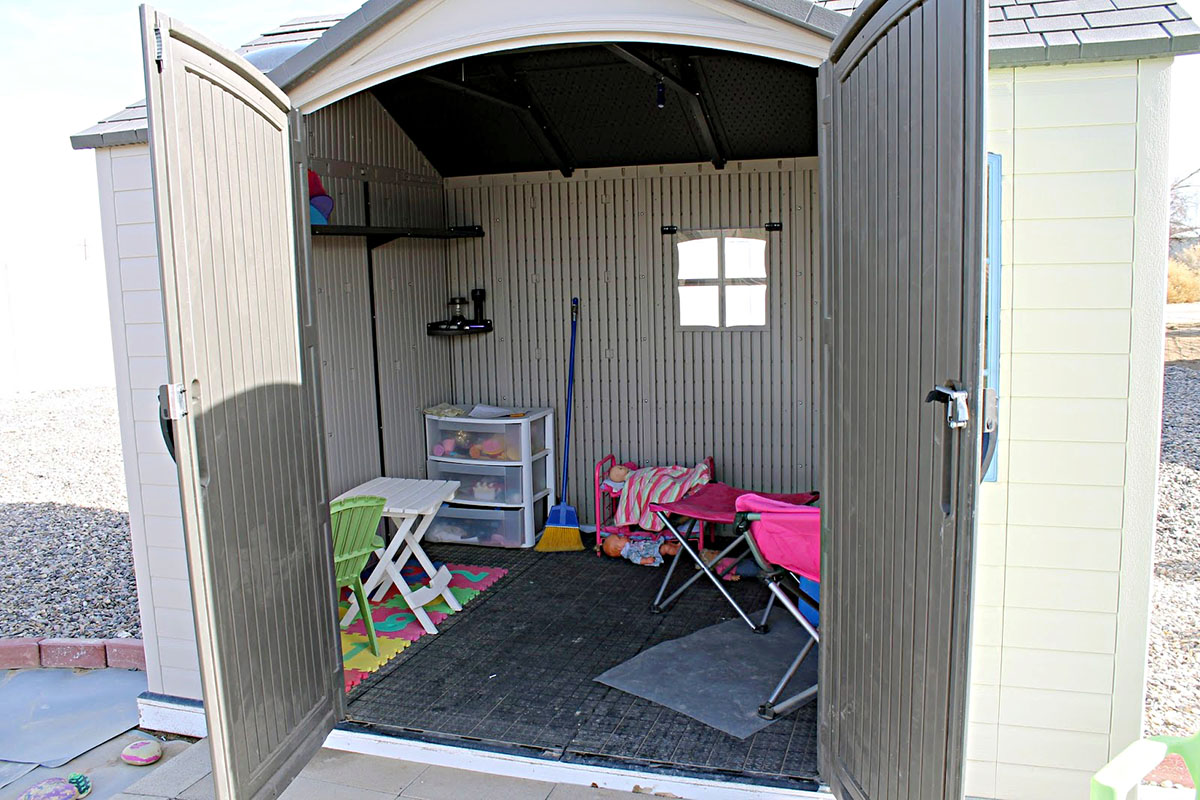
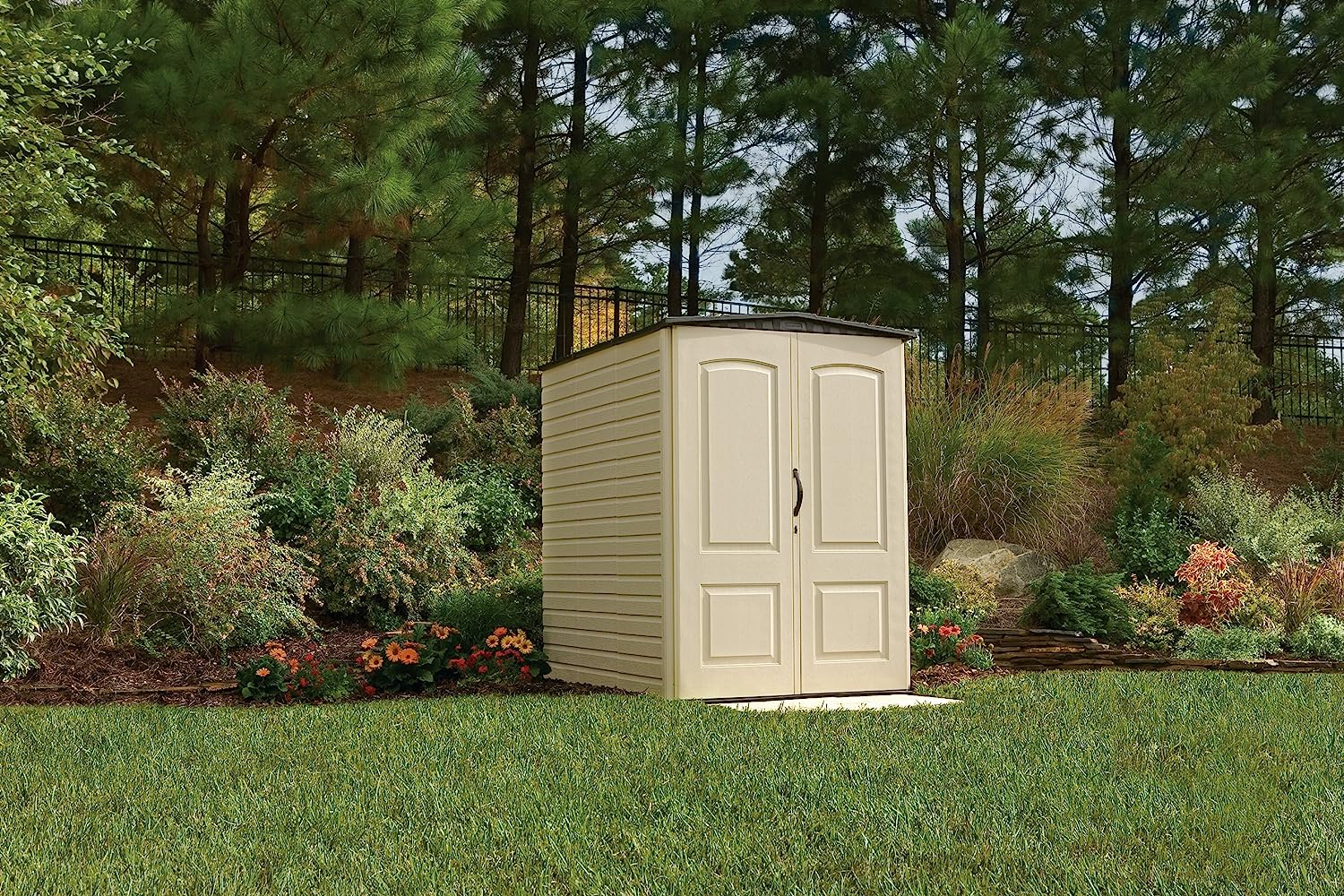
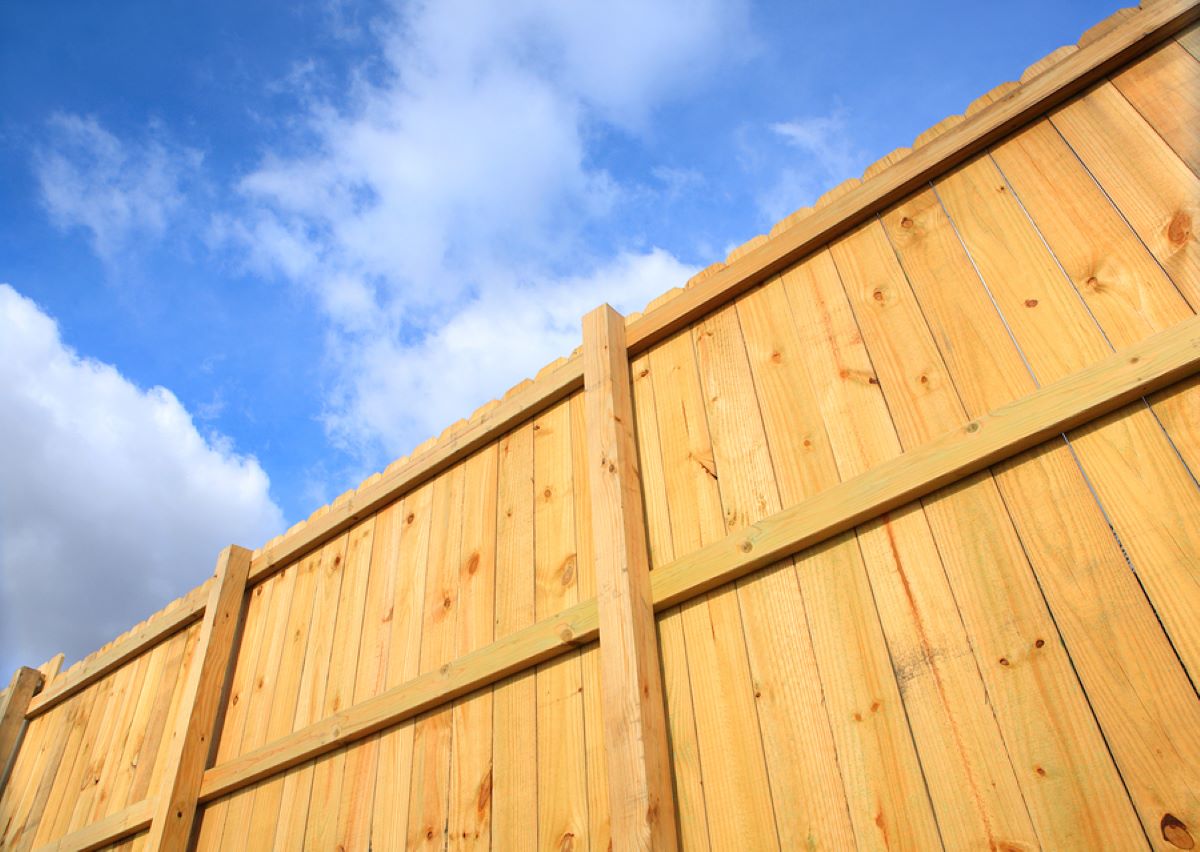
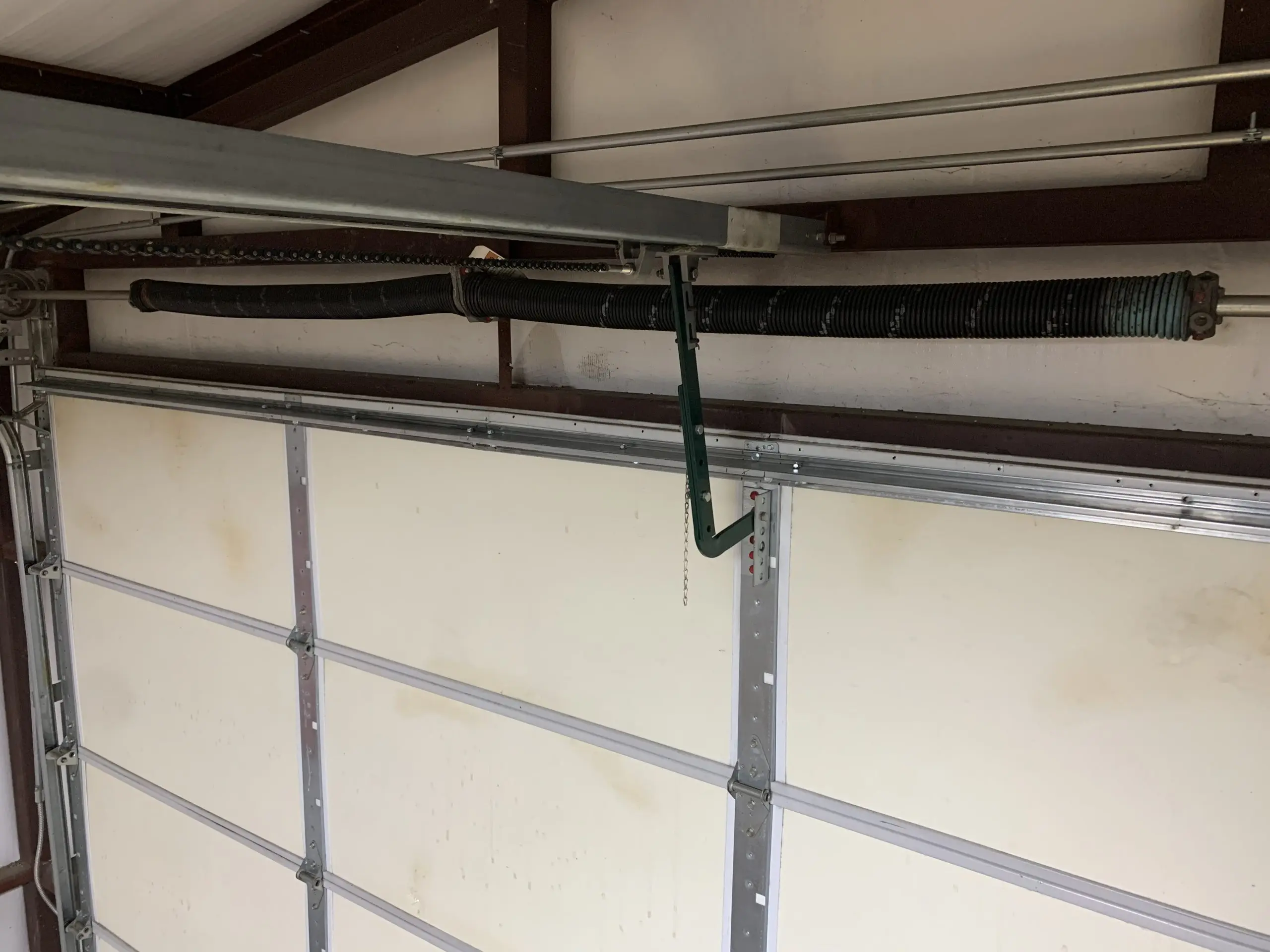
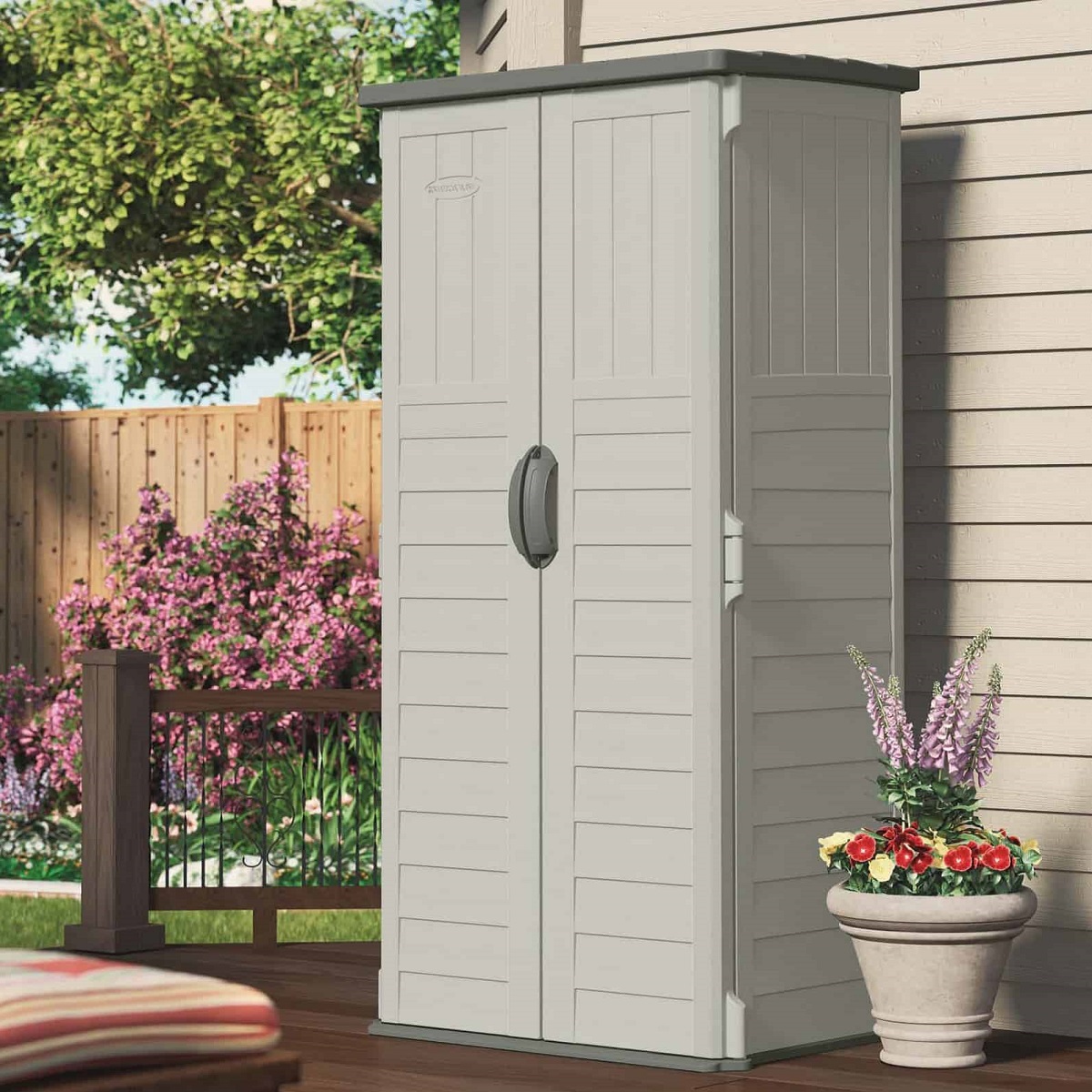
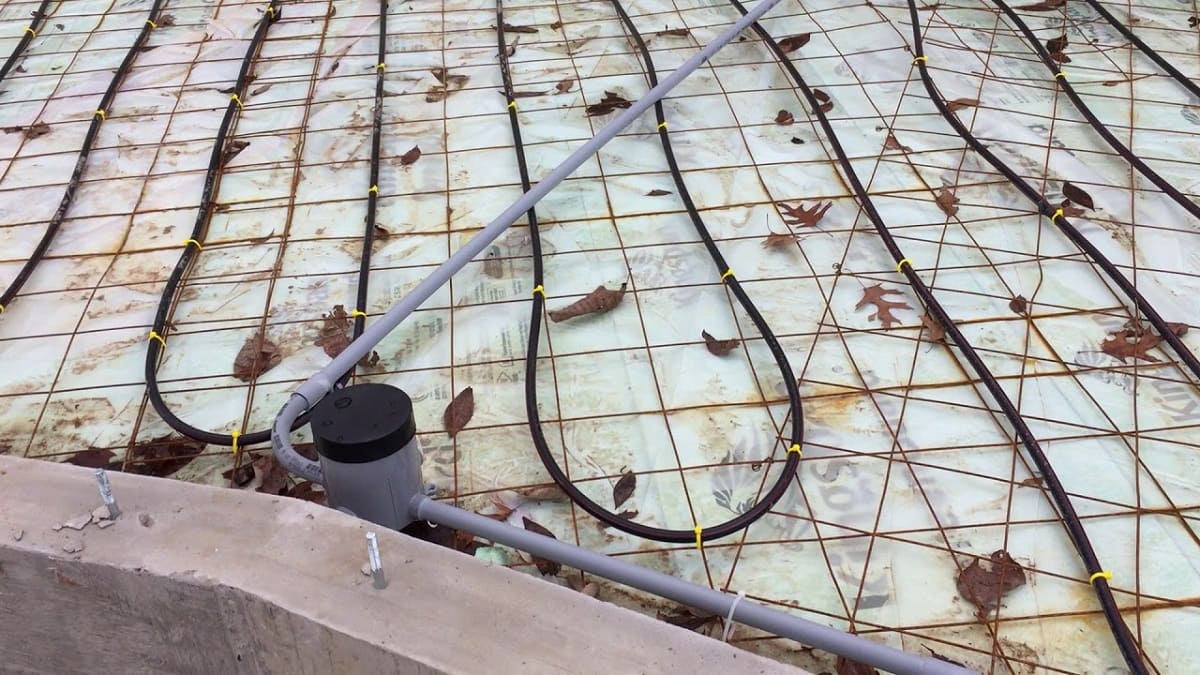
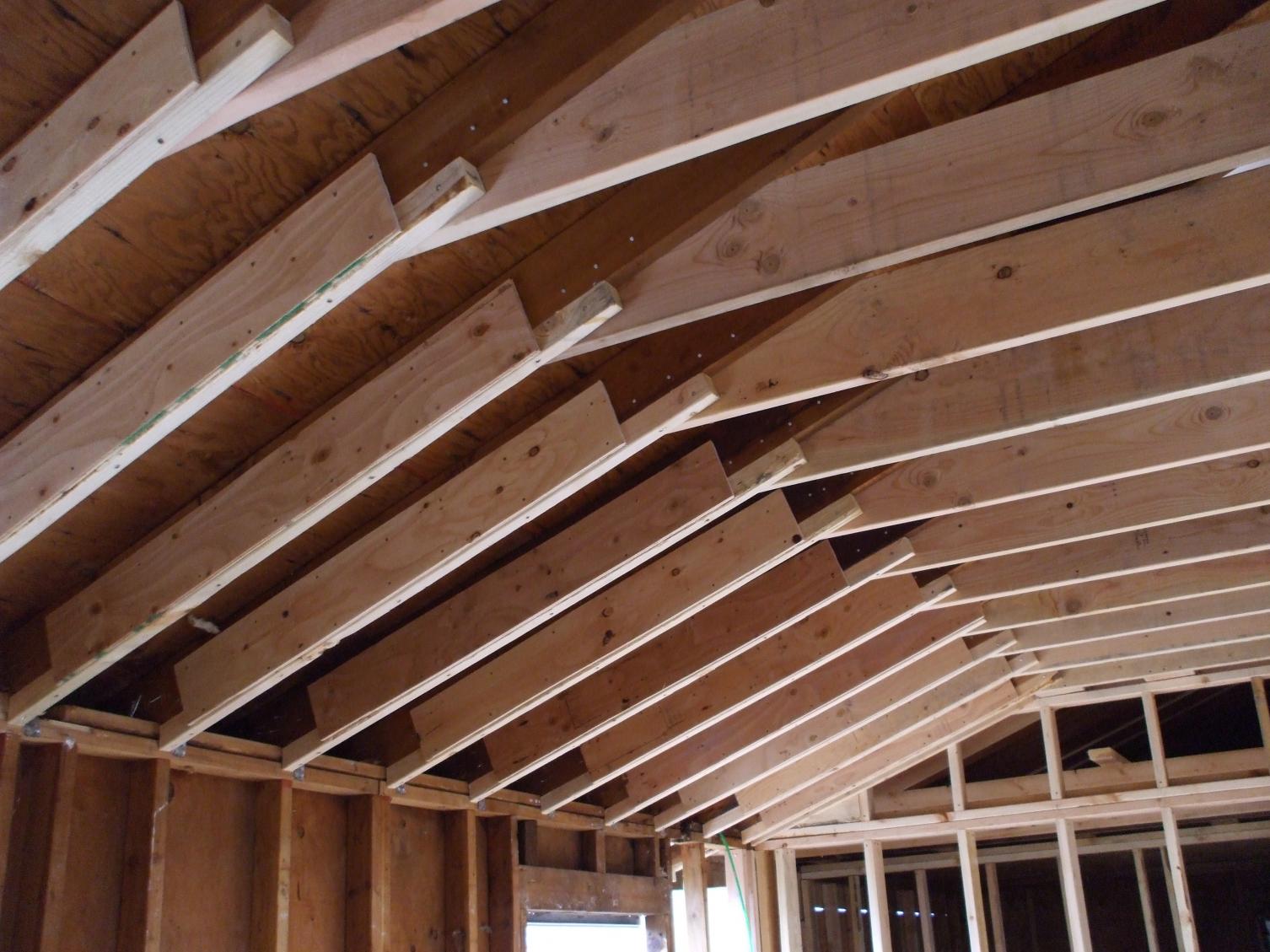

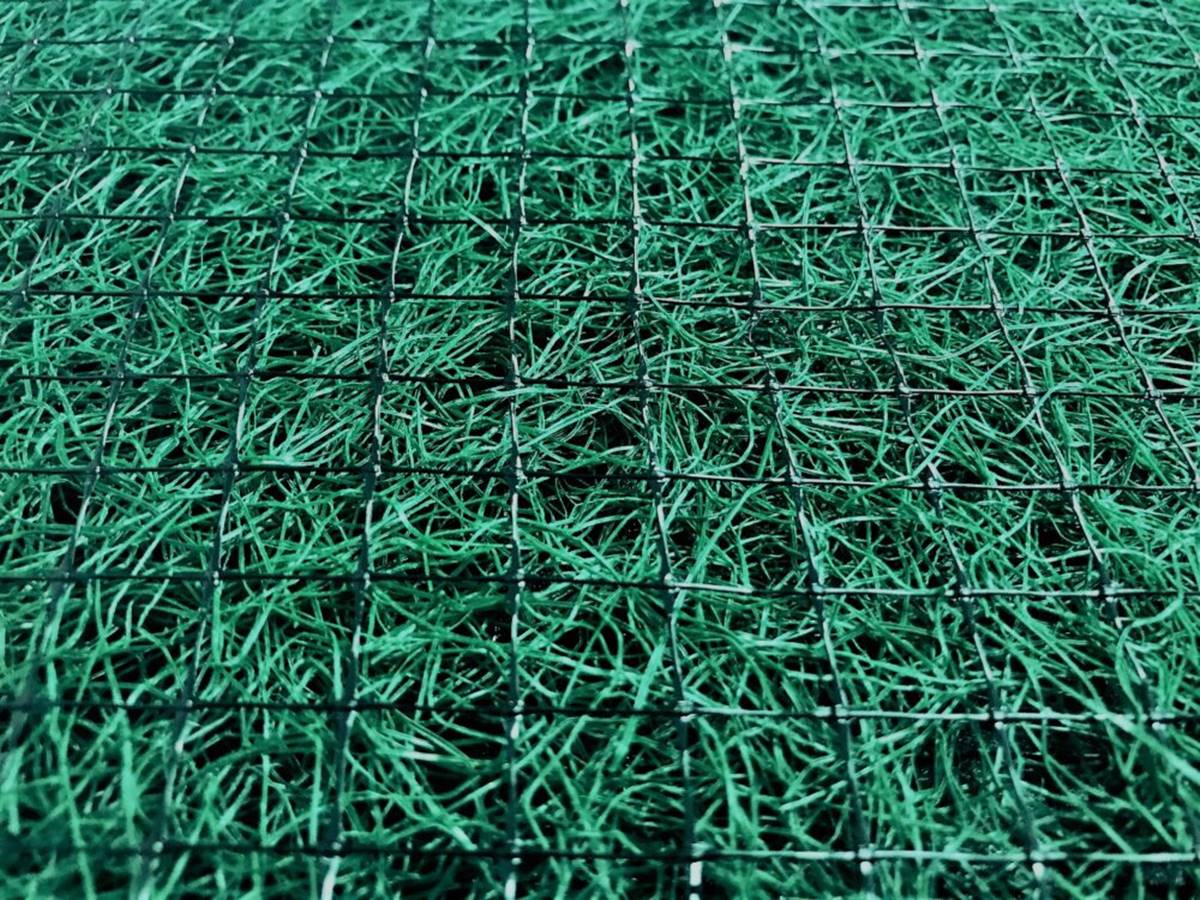
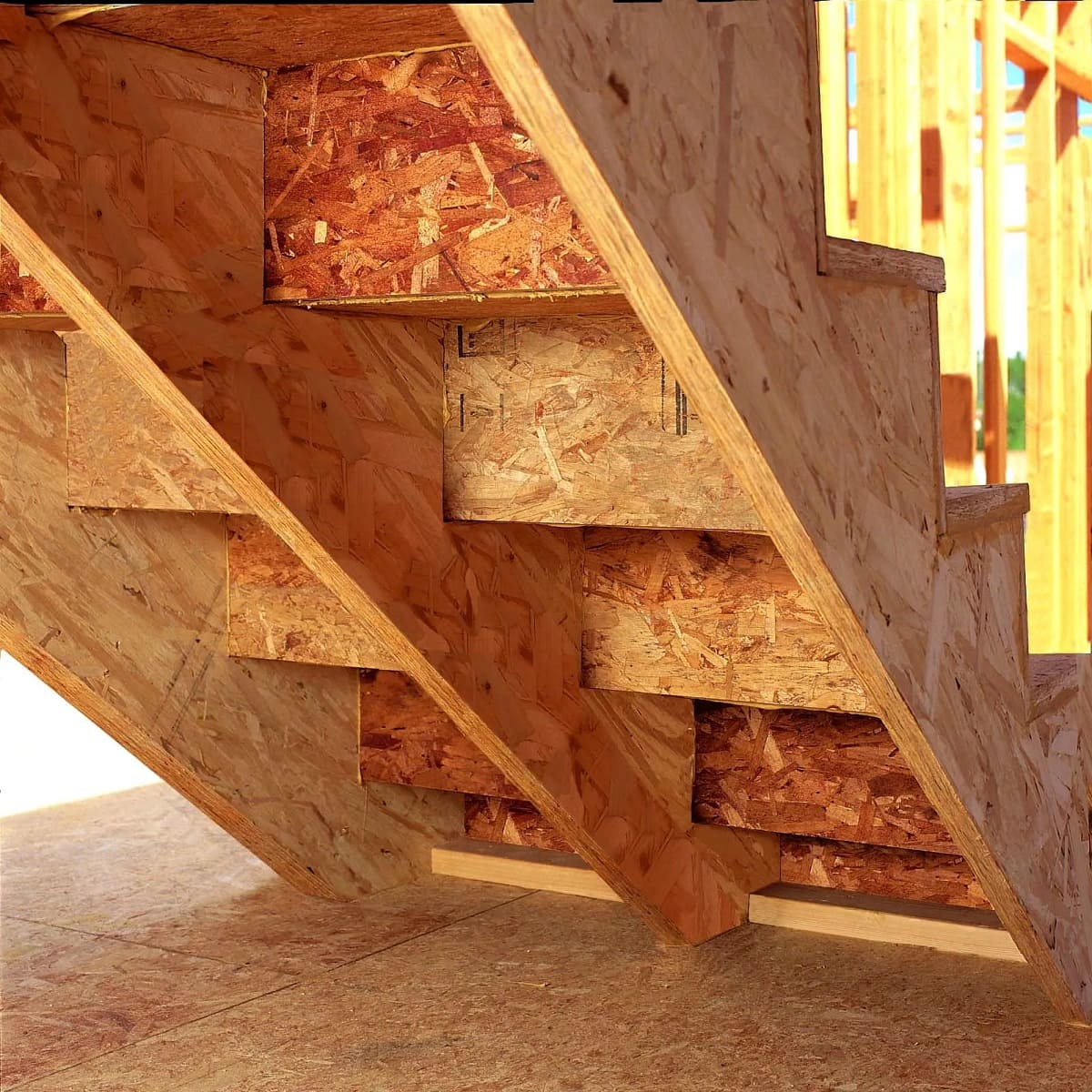

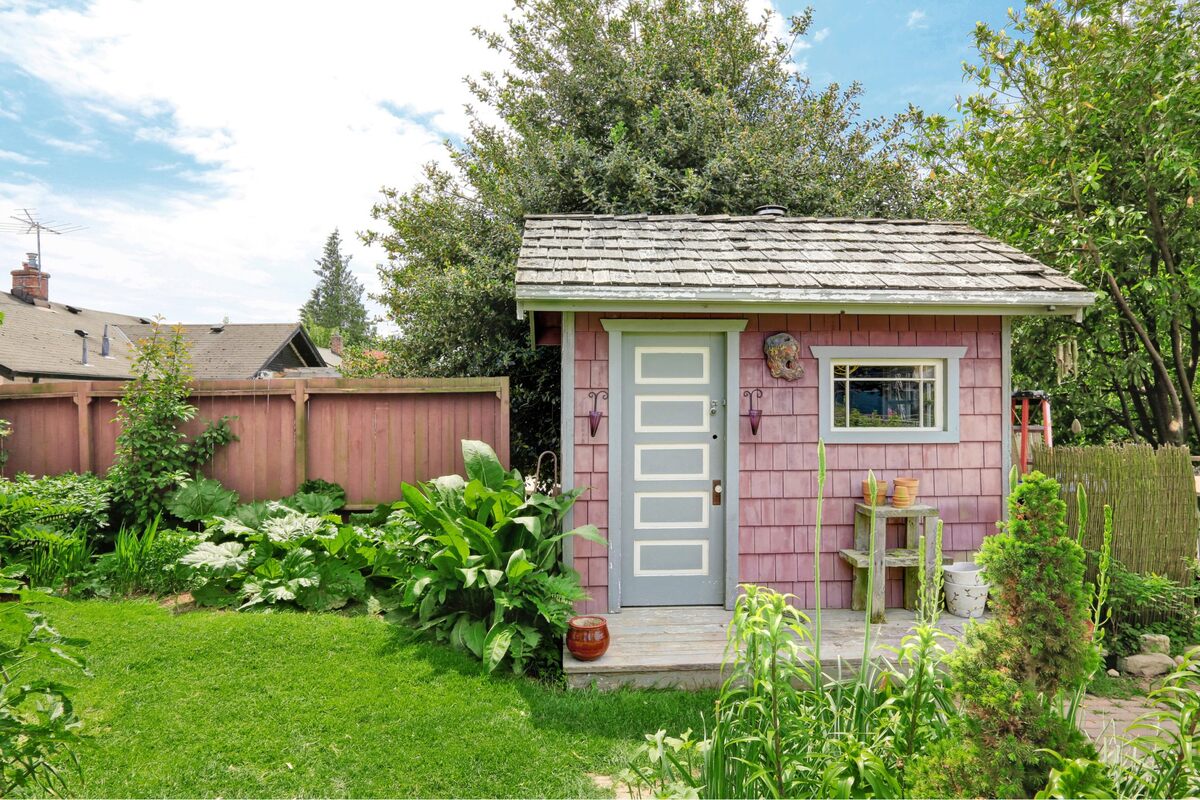

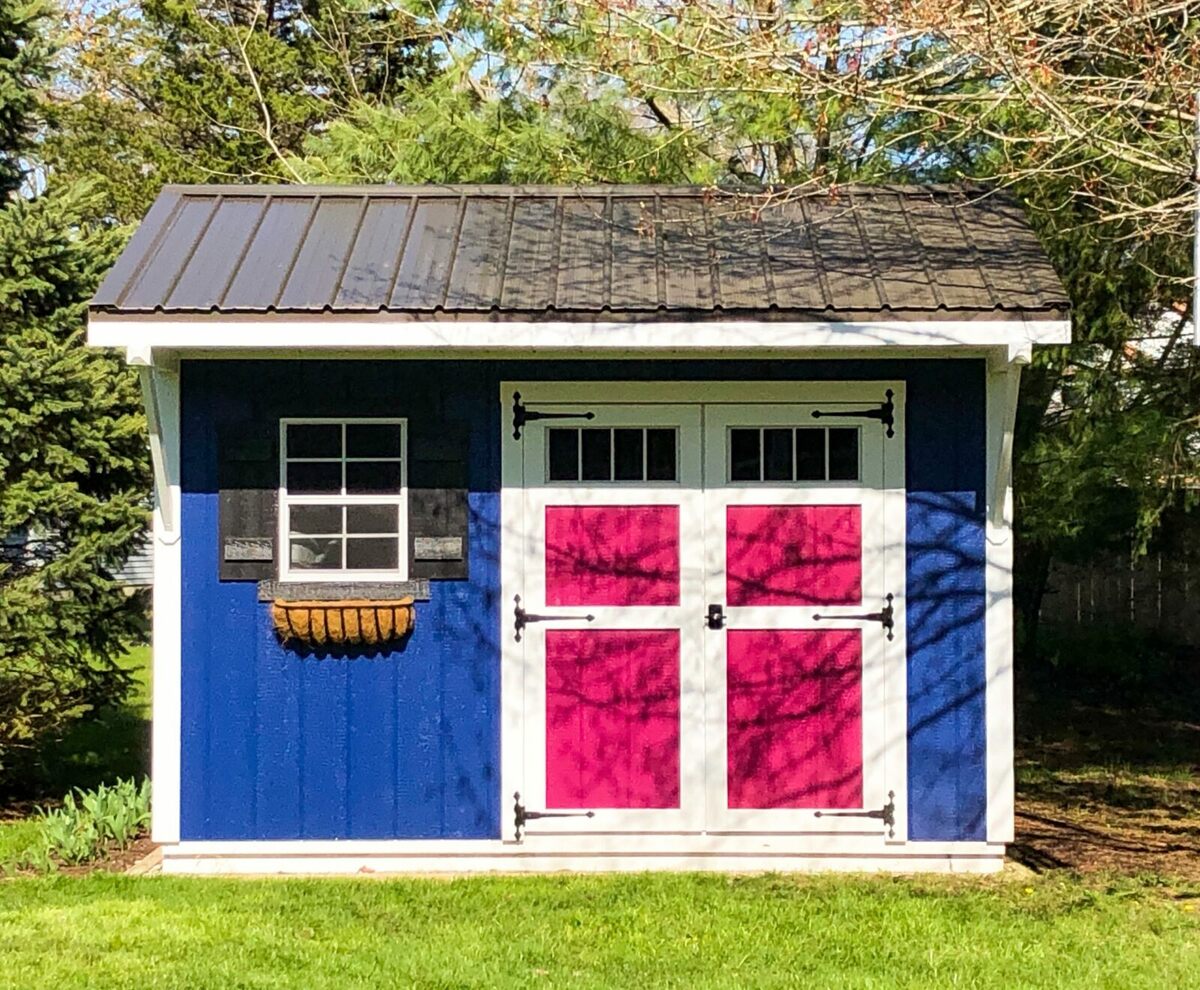

0 thoughts on “How To Reinforce A Plastic Shed”